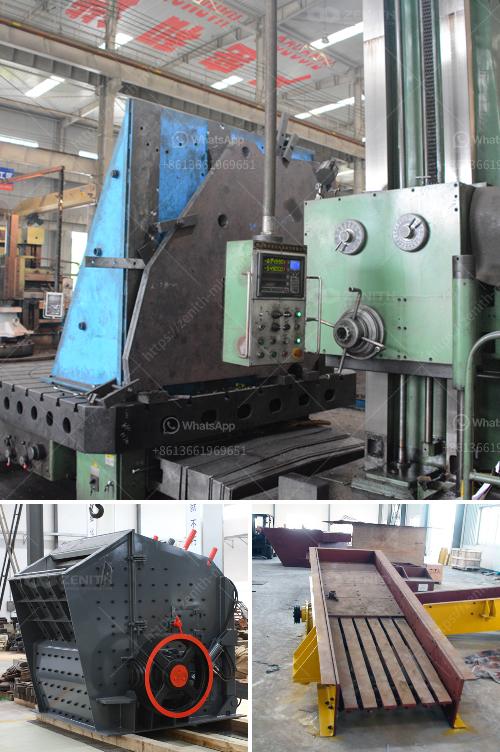Crushing aggregate is a multi-step process that involves breaking down large rocks and stones into smaller, more manageable sizes for use in construction projects like roads, buildings, and bridges. Here's how it typically works:
Extraction: Raw material, usually in the form of large rocks, is extracted from quarries or mining sites using heavy machinery such as excavators.
Primary Crushing: The extracted material is transported to a primary crusher, which can be a jaw crusher or a gyratory crusher. The primary crusher reduces the size of the large rocks to medium-sized fragments.
Secondary Crushing: The medium-sized fragments from the primary crusher are then fed into a secondary crusher, such as a cone crusher or an impact crusher. This stage further reduces the material to a finer and more consistent size.
Screening: After secondary crushing, the material is passed through a series of vibrating screens. These screens separate the crushed material into different size categories, called gradations, based on project requirements.
Tertiary Crushing (if necessary): In some cases, another stage of crushing, known as tertiary crushing, may be required to achieve the desired size and shape of aggregate. This stage typically involves more specialized crushers like vertical shaft impactors (VSIs).
Washing (if needed): Depending on the source material and its end use, the aggregate may be washed to remove impurities, dust, and clay particles.
Storage: Finally, the processed aggregate is stored in stockpiles before being transported to construction sites or other end users.
Throughout the process, quality control measures are typically in place to ensure that the aggregate meets specific standards and specifications for size, shape, and composition.
